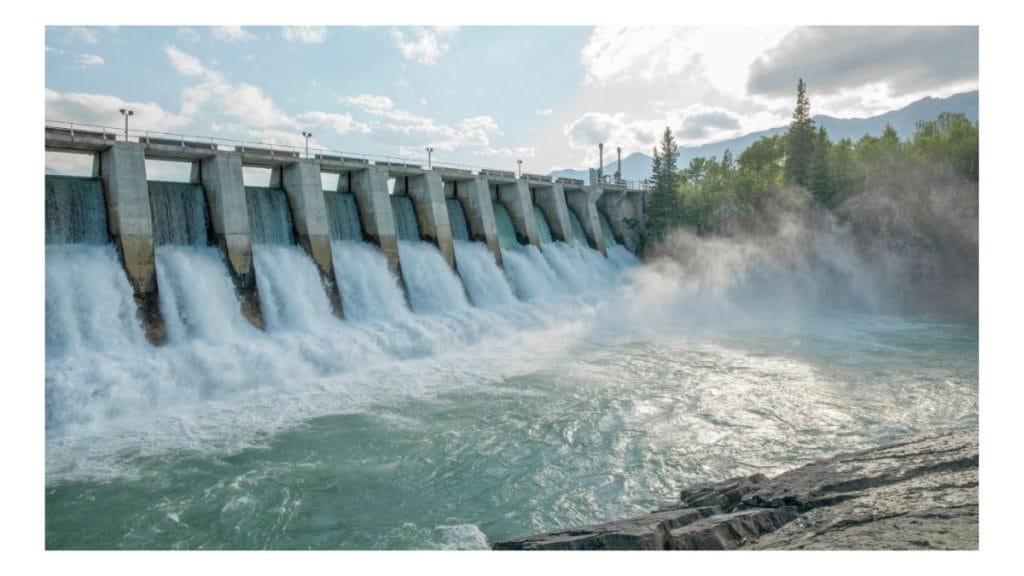New Delhi: India’s northeastern state of Arunachal Pradesh is set to sign 13 Memorandums of Understanding (MoUs) for 13 GW of hydropower projects at an estimated investment of over Rs 1.5 trillion ($20.2 billion USD) next week. The move is expected to boost India’s non-fossil energy sector and promote sustainable development in the region.
The state currently holds 41% of India’s totals hydropower potential but has only 1,100 MW of installed capacity. Two projects with a combined capacity of 4,880 MW are under construction, including the Subansiri Lower Hydroelectric Project, which began in 2000 and is expected to complete four units of 1,000 MW in the current financial year. The second project is the 2,880 MW Dibang hydropower project, which is being constructed by the state-run hydroelectricity producer NHPC at a cost of approximately Rs 35,000 crore ($4.7 billion USD).
Last year, Prime Minister Narendra Modi inaugurated the 600 MW Kameng hydropower station in Arunachal Pradesh, which has the potential to generate 3,353 million units of energy annually. In addition, the state is also working on the ambitious Upper Siang hydropower project in the Upper Siang district, which is still in the planning stage. The project has a proposed capacity of 10 GW, making it the largest hydropower project in the country. It is estimated to cost around Rs 1.45 trillion ($19.6 billion USD) and will serve as a buffer to counter any artificial floods triggered by China, which is planning a 60,000 MW hydropower project in Medog, Tibet.
The projects under construction and the 13 MoUs that are likely to be signed next week will add a total of 17,880 MW of hydropower in Arunachal Pradesh, which is 38% of India’s current hydropower capacity. The hydropower potential in the region is currently untapped, and the initiative will create more job opportunities in the state and provide the necessary infrastructure for the development of the region.
Power Minister RK Singh is expected to visit Itanagar next week to initiate steps to unlock the state’s hydropower potential, including signing the 13 MoUs. The decision to allow the receiver to keep the message depends on the sender, who will have the power to veto the receiver’s decision. If the sender decides that the message can’t be kept by others, it will be deleted when the timer expires. WhatsApp’s Keep in Chat feature is an added layer of privacy for users who want to hold on to important information that they may need later.
In conclusion, the move by the government of Arunachal Pradesh to promote non-fossil energy sources will go a long way in promoting sustainable development in the region. The 13 MoUs signed next week will create job opportunities and provide the necessary infrastructure for the development of the state. The Upper Siang project, which is still in the planning stage, will be the country’s largest hydropower project and will serve as a buffer against any artificial floods triggered by China’s hydropower project in Medog, Tibet. The move by WhatsApp to introduce the Keep in Chat feature is an added layer of privacy for users who want to retain disappearing messages.





